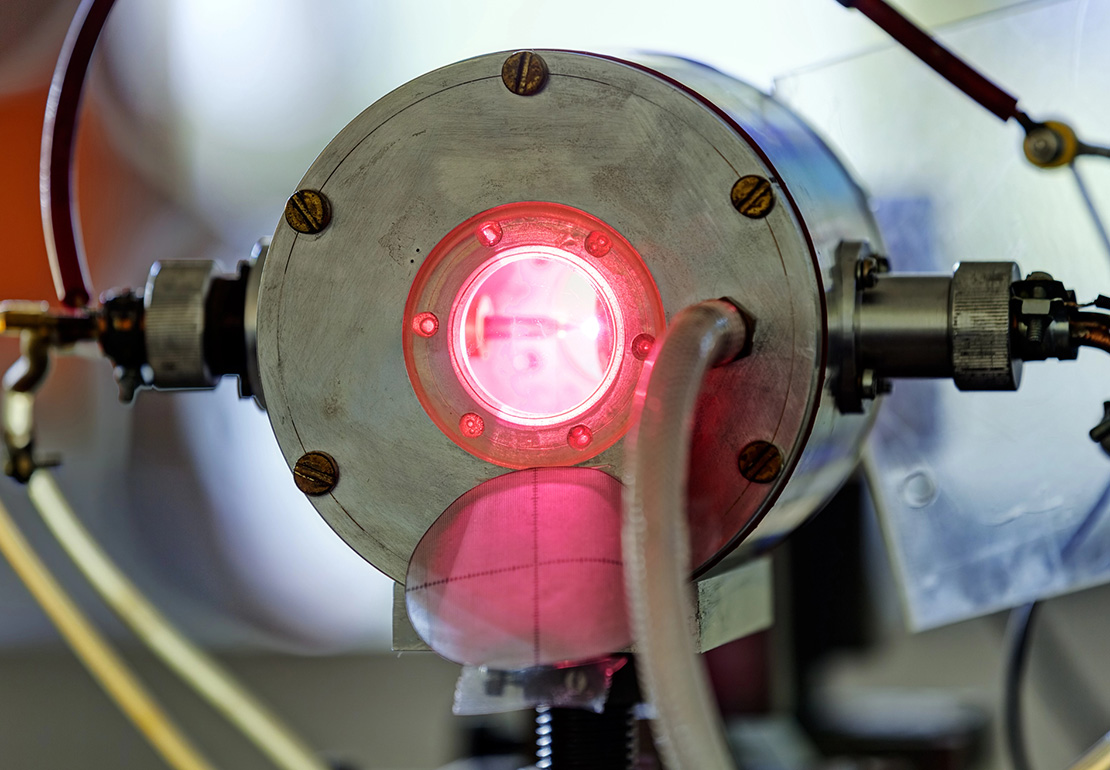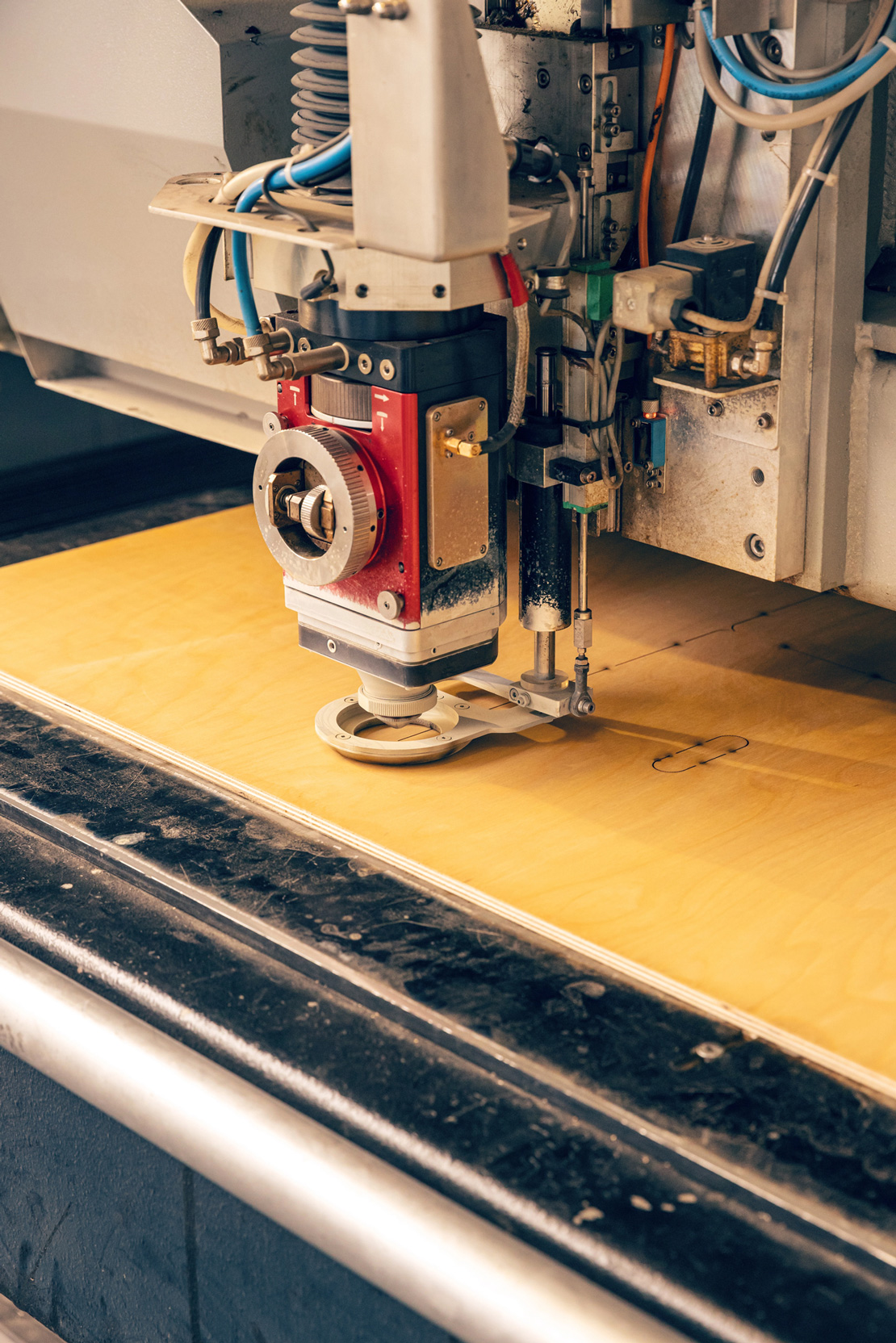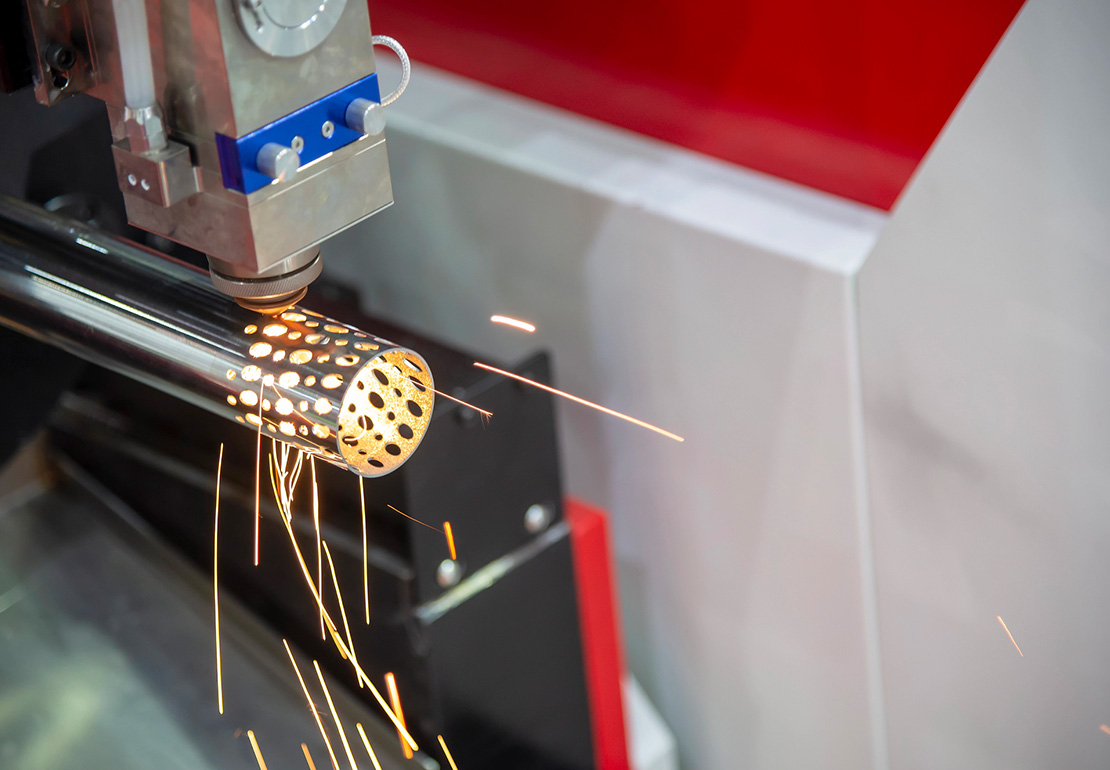What Is A Linear Optical Shutter And How Is It Used?

A linear optical shutter moves in a straight path to block or open a beam of light. This design gives high accuracy and speed, which are often needed in optical systems. Unlike rotating shutters, these use straight-line motion to cut off or allow transmission through an optical path. That motion helps maintain alignment and keeps vibrations low.
A linear optical shutter is common in imaging setups, defense optics, semiconductor tools, and lidar. When timing and precision matter, this kind of shutter does the job well.
Understanding the Basics of Linear Optical Shutters
A linear optical shutter works by placing a flat blade or leaf into the light path. It slides into or out of the beam instead of spinning like a rotary shutter. This movement is often driven by an electromechanical actuator, such as a voice coil or a direct drive motor.
The motion stays straight, which avoids any twisting or offset that could throw off an optical system’s accuracy. That makes this type of shutter good for tight spaces and sensitive instruments. It also reduces the risk of mirror tilt or optical drift during operation.
Because the blade follows a fixed path, the system can control exposure times with high repeatability. This is especially helpful when synchronizing shutters with cameras, detectors, or pulsed lasers.
Why Motion Type Matters in Optical Applications
Straight-line motion works best when space is limited or when alignment must stay exact. A rotating blade may cover more area, but can also cause imbalance or vibration. A linear motion gives better control over how and when the beam is blocked or opened.
Some setups rely on this motion to prevent image blur or data loss. For example, infrared cameras or hyperspectral sensors need shutters that stay stable and operate quickly. If the blade moves off-axis, even by a small margin, it could affect the optical path and ruin the data.
That is why many optical designers choose linear shutters when dealing with high-value optics or delicate systems.
Construction and Key Features
Most linear shutters use a lightweight, compact blade. This part moves along rails or bearings to keep it steady. The drive system, often magnetic or piezoelectric, gives force and speed to the blade.
Some advanced models, like those found in infrared imaging, use edge-driven motors. These motors are lightweight and allow fast actuation times. In one design, a 17 mm x 15 mm blade moves 15 mm in just 100 milliseconds. This short travel time helps cut down thermal drift or lag.
Bearings help the blade stay flat and reduce side-to-side motion. Some systems also use shaft supports on both ends to avoid deflection. These features add stability and reduce any jitter or rattle during operation.
Application in Infrared and Hyperspectral Imaging
Infrared detectors often sit close to the shutter. If the shutter moves in a way that shakes or tilts, the field of view could change. That would affect calibration and image accuracy.
Linear shutters help maintain that alignment. Since the movement stays on a fixed plane, the shutter opens and closes with minimal vibration. The blade can stay as close as possible to the focal plane array (FPA), which is where the infrared signal is captured.
Hyperspectral imaging systems also use these shutters to manage light intake. Each band in the light spectrum needs clean, uninterrupted exposure. The shutter helps separate these exposures, keeping each data set sharp.
Use in Semiconductor Tools
Semiconductor manufacturing needs shutters that act quickly and stop light at the right time. Linear optical shutters help block UV or laser beams when tools switch from one wafer to another.
Since these tools work in tight chambers, compact motion is key. A linear blade fits better in small spaces and still delivers repeatable performance. This helps improve yield and reduces the chance of exposing areas outside the target zone.
When used with lasers, shutters also need to handle high-energy beams. Some shutters have high-damage-threshold coatings or materials that reflect or absorb stray light. That protects the rest of the system.
Timing and Synchronization Benefits
Timing matters when using optical shutters in test labs, lidar systems, or communication platforms. Linear shutters can sync with sensors or detectors to match pulses or scan windows.
A consistent motion path makes it easier to predict when the blade will clear or block the beam. This timing can be adjusted by changing voltage, current, or signal input to the actuator.
Systems that use fast laser pulses, for example, can match the shutter’s action with high precision. This level of control improves the quality of measurements or scanned images.
Safety and System Protection
In many high-power laser systems, shutters act as safety gates. When the system detects a fault or unauthorized entry, the shutter closes to stop the beam.
Linear shutters work well in this role because they move fast and stay reliable over time. Their motion does not depend on gravity or spinning parts. That means fewer points of failure.
Some designs also use position sensors or feedback loops. These tell the system if the shutter is open, closed, or stuck. That added feedback helps keep the laser from firing at the wrong time.
Compatibility With Optical Beamlines
Linear optical shutters can fit directly into a beamline. Their slim shape and straight movement let them sit between lenses, mirrors, or filters.
Because they work in confined setups, these shutters often match well with compact systems like portable lidar or modular research setups. You can also pair them with other optical shutters for multiple-beam control.
In beam labs or optical benches, users often swap shutters in and out. A linear shutter’s predictable path and stable support make it easy to align with existing optics.
How NM Laser Products, Inc. Designs for Performance
NM Laser Products, Inc. uses flexure technology to reduce moving parts and maintain blade stability. Our shutters are designed for OEM systems where timing, space, and safety are all key. We understand the risks involved with beam misalignment or shutter delay. That is why our laser shutters and optical beam shutters are built for durability, speed, and consistent motion.
Are You Ready to Upgrade Your Optical Control System?
If you are working with sensitive optics, timing systems, or high-power beams, a linear optical shutter might be the best fit. NM Laser Products, Inc. offers reliable solutions for OEMs and researchers who need speed, precision, and long-term performance.
Let us help you design the right shutter system for your needs because getting the timing right starts with the right motion.


